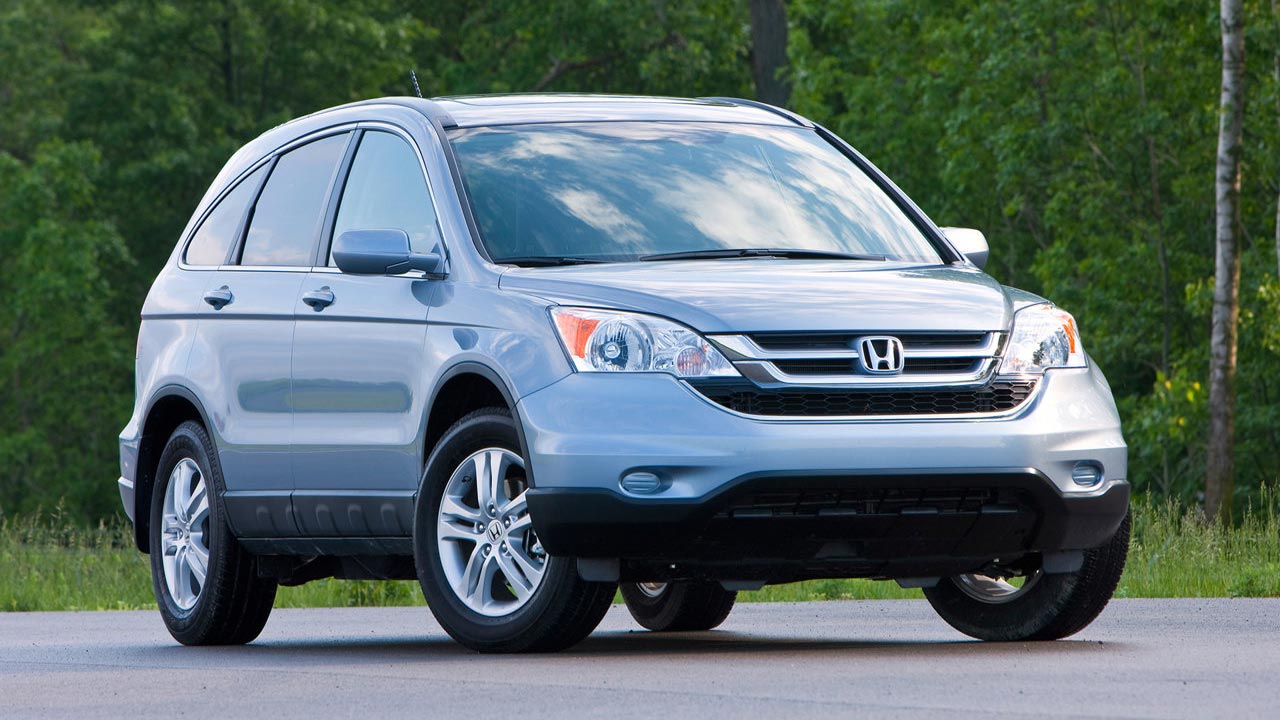"In salt-belt states where de-icing agents are used to maintain the roadway, the de-icing agents, along with mud and water, could enter the rear frame through drainage/positioning holes when the vehicle is driven through flooded areas or puddles at high speeds," Honda's defect notice to NHTSA said. "Over time, the accumulated de-icing agents/mud/water mixture could cause corrosion to the frame’s internal structure. If this occurs, the rear trailing arm can fall off."
Honda first investigated this issue in 2019 after a similar recall was conducted in Canada. At that time, Honda concluded that cars sold in the USA would not be subjected to the same wear and tear as Canadian-market vehicles and thus would likely live out their entire service lives without the corrosion posing a problem. However, since that analysis, the company has reported increasing complaints of rear frame corrosion in states with common road salt use — Connecticut, Delaware, Illinois, Indiana, Iowa, Kentucky, Maine, Maryland, Massachusetts, Michigan, Minnesota, Missouri, New Hampshire, New Jersey, New York, Ohio, Pennsylvania, Rhode Island, Vermont, Virginia, West Virginia, Washington, D.C., and Wisconsin. In 2021, a new investigation was opened which eventually led to this recall.
Dealers will inspect customer vehicles for corrosion and either install a reinforcing member to guard against catastrophic failure or, in the case of cars with frames that are too far gone, offer to repair or repurchase the vehicle. Owners who have paid for previous repairs due to this issue are eligible for reimbursement. Dealers should notify customers of this recall campaign by May.
Source: Autoblog

